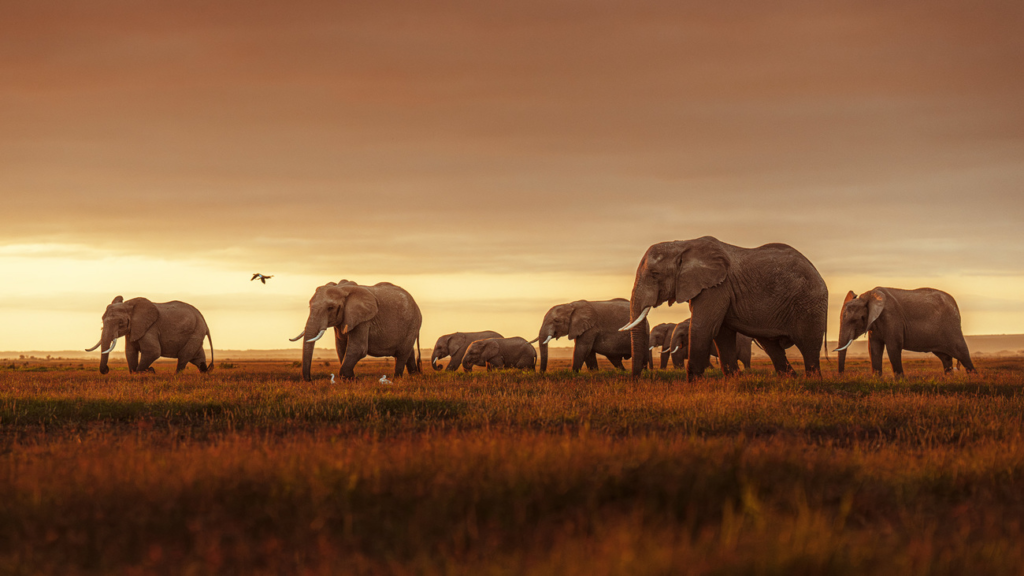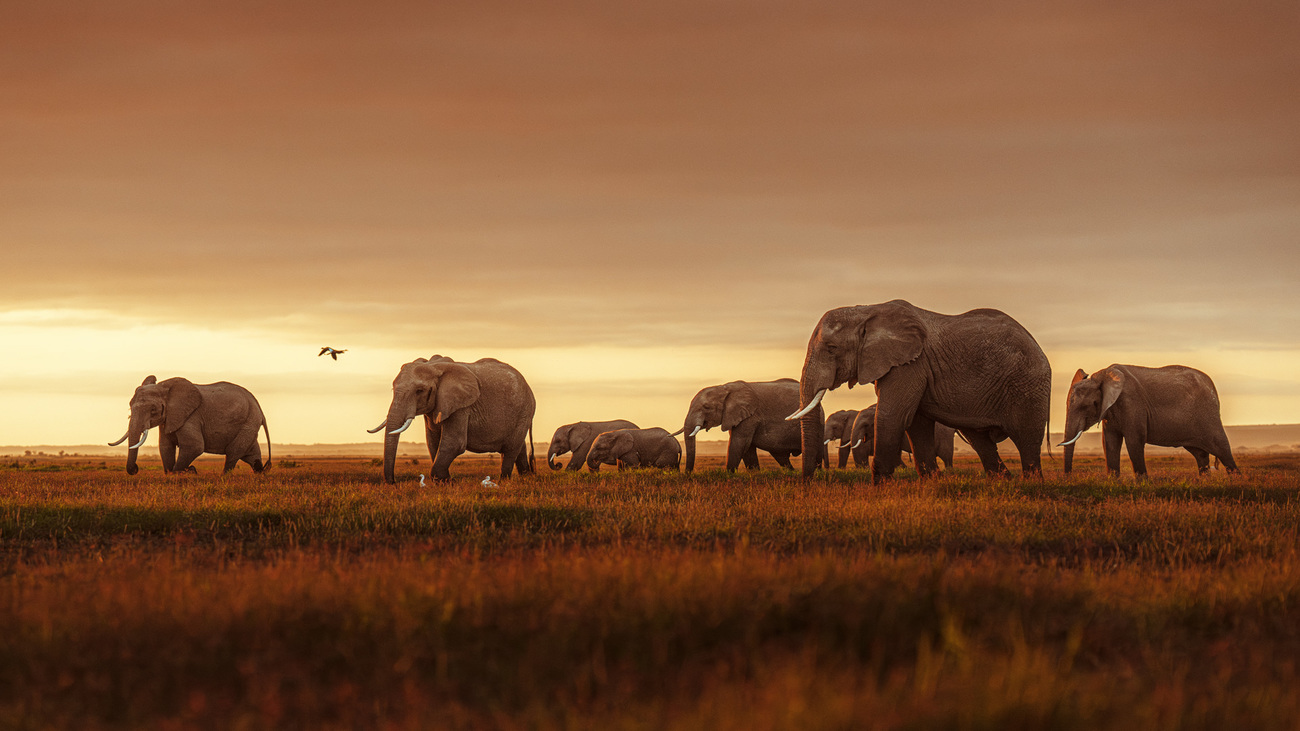
Table of Contents
- Why Wildlife Conservation Matters
- 1. Rethink Your Daily Choices
- 2. Switch to Eco-Friendly Products
- 3. Support Ethical Brands and Nonprofits
- 4. Create a Mini Habitat in Your Balcony or Garden
- 5. Go Digital with Your Voice
- 6. Reduce, Reuse, Refuse
- 7. Learn and Share
- Conclusion: Every Little Act Counts
Why Wildlife Conservation Matters
Every forest, desert, ocean, and wetland is home to an orchestra of life. Birds, bees, tigers, turtles — every creature plays a role in maintaining Earth’s balance. Yet, due to deforestation, pollution, climate change, and human negligence, many species are disappearing faster than ever before.
The good news? You don’t need to be a scientist or live in the wilderness to make a difference. Conservation starts at home — right from your kitchen, laptop, or balcony.
1. Rethink Your Daily Choices
The power to conserve nature lies in your daily habits. Every product you buy or food you consume has an environmental footprint. Choose local produce, avoid single-use plastics, and minimize meat consumption. These tiny tweaks in your lifestyle quietly reduce pressure on natural habitats.
Tip: Even skipping meat one day a week can save thousands of gallons of water and reduce deforestation linked to livestock farming.
2. Switch to Eco-Friendly Products
Household cleaners, shampoos, and detergents often wash down into our water systems, harming aquatic life. Replace them with plant-based or biodegradable alternatives. Look for labels like “non-toxic,” “cruelty-free,” or “reef-safe.”
Simple swap: Replace liquid handwash in plastic bottles with bar soaps in paper packaging.
3. Support Ethical Brands and Nonprofits
Many wildlife conservation organizations rely on donations to rescue animals, preserve habitats, and educate communities. You can:
- Sponsor an endangered animal
- Buy products from brands that donate proceeds to conservation
- Choose certified sustainable brands (FSC, Fair Trade, Rainforest Alliance)
Every rupee spent is a vote for the kind of world you want.
4. Create a Mini Habitat in Your Balcony or Garden
You don’t need a jungle to support wildlife. Even a few potted plants or a birdbath on your balcony can attract bees, butterflies, and birds. Native plants support local species and require less water.
Pro tip: Avoid using chemical pesticides. Let nature control the pests — ladybugs and spiders do it for free!
5. Go Digital with Your Voice
Social media is a powerful tool. Use it to:
- Raise awareness about endangered species
- Share verified information and campaigns
- Sign or start online petitions
- Leave reviews for eco-conscious businesses
You never know who you might inspire with a simple post or tweet.
6. Reduce, Reuse, Refuse
The three Rs are more than just a school slogan. Every item reused is one less item that could harm a wild creature. Refuse things you don’t need — from plastic straws to over-packaged deliveries.
Try this: Do a “Waste Audit” at home. See what you throw the most and find alternatives.
7. Learn and Share
Knowledge fuels change. Watch documentaries, read articles, and follow wildlife experts online. Better yet, share what you learn with friends, family, or your local community group. Change multiplies when shared.
Ideas to start with:
- Our Planet (Netflix)
- The Elephant Whisperers
- Blogs from WWF India, Nature Conservancy, or local NGOs
Conclusion: Every Little Act Counts
You may never trek through a rainforest or rescue a snow leopard — but that doesn’t mean you can’t be a wildlife hero. From your home, your wallet, your words, and your habits — you have the power to protect the planet’s most precious creatures.
Conservation isn’t just about saving animals — it’s about saving our shared future.

